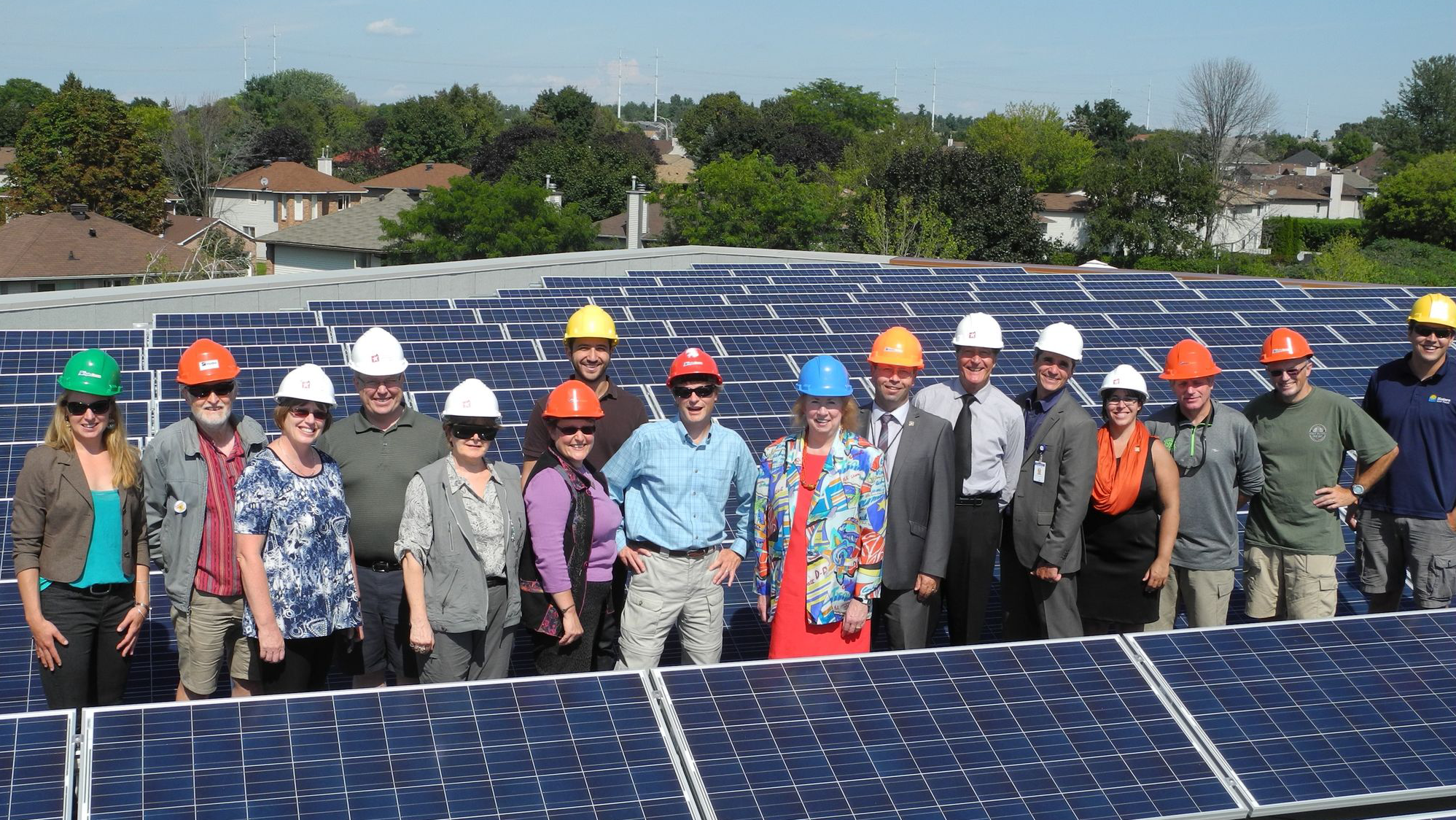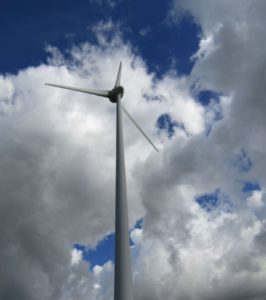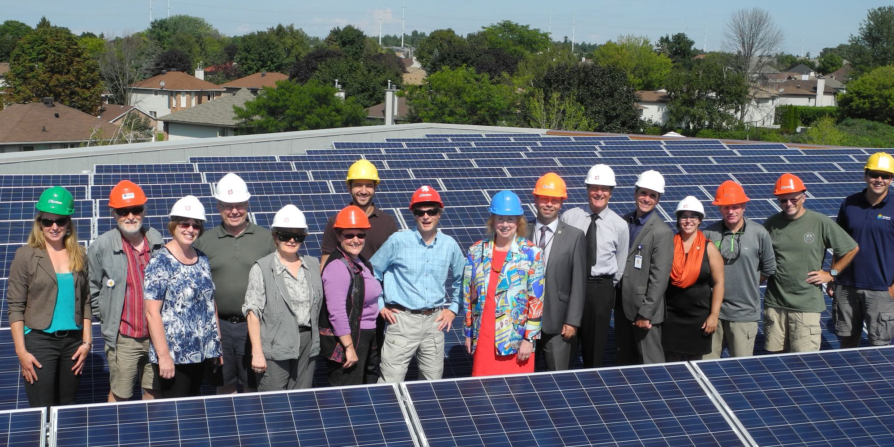
Can renewable energy co-ops end NIMBYism?
It takes more that a crane and a construction crew to erect a wind turbine—successfully installing a renewable energy project takes both political and community support.
A “not in my backyard” attitude, or NIMBYism, can stop green energy generation in its tracks. Community concern for property values, aesthetics, and more have halted many renewable projects in Canada and beyond.
Ontario tried to address NIMBYism with 2009’s Green Energy Act, which shifted decision-making away from municipalities. The province succeeded in accelerating renewable energy development, but the Green Energy Act left many rural communities feeling voiceless and frustrated.
Take the White Pines Wind Project in Prince Edward County, Ontario, for example: many community groups spoke out against the project and the Green Energy Act, and hundreds of residents gathered to protest the project’s construction. This opposition set the stage for the new provincial government to decommission the nearly complete wind farm in 2019.
It’s clear that forcing renewable electricity projects on unwilling communities isn’t the best strategy for a green energy transition. We spoke with Dick Bakker, a past president of the Ottawa Renewable Energy Cooperative (OREC), to see how co-ops help communities embrace green technologies and projects. OREC is one of the community projects that bullfrogpowered customers support.
Bullfrog Power: What role can co-ops like yours play in the overall energy transition?

Dick Bakker: We happen to think that it’s extremely important to get communities to accept, welcome and want renewable energy in their neighbourhoods. NIMBYism is the ultimate enemy of the energy transition. But with community ownership, people in the neighbourhood around a wind, solar, run of river, or biogas project actually benefit financially from the asset they see!
If my family and our neighbours own the local turbine, and it helps pay our mortgage or pension, there will be a lot less resistance to renewable projects. It’s a lot more attractive to the community than if the project is funding a distant bank or entrepreneur.
Additionally, a core mandate of the Ottawa Renewable Energy Cooperative is to keep the profits, jobs, and electricity from renewable energy projects in the local community as much as possible. The two wind projects we’re currently buying in Zurich, Huron County and Tiverton, Bruce County are connected to the distribution grid, which means they’re supplying clean electricity to the local community.
Bullfrog: Investments may not be the first thing that come to mind when we think about living sustainably, but they can be a great way for an individual to enact change. Why might someone choose to invest in a co-op like OREC?
Dick: By investing in a renewable energy co-operative, you’re pooling your money with other local residents to acquire or build new green energy projects in your area. In addition to greening your neighbourhood’s power, you’re also showing political and media leaders that there’s untapped community capital ready to invest in the energy transition. These local movements help to turn attitudes from NIMBY into YIMBY (yes in my backyard)!
See how OREC keeps the benefits of renewables in the community.
Bullfrog: How important is the support of partners like Bullfrog Power and the Co-operators?
Dick. It’s extremely important, as Bullfrog is a trusted actor in the area of renewable energy and the overall energy transition. When OREC raises capital, we’re asking investors to trust us—but relatively few Canadians are familiar with for-profit co-ops.
Our sector is effectively providing an alternative financial option to instruments controlled by Bay and Wall Street. We’re providing a democratic from of business ownership, and we’re attempting to drive the energy transition that everyone says we need. Earning the support of credible partners helps legitimize that approach.
Bullfrog: OREC has been lobbying governments for better support and understanding of the role that community ownership can play in the climate challenge. What supports would you like to see from governments?
Dick: We want the federal government to recognize the potential for community funds to be a significant source of capital for the energy transition. They should provide start-up support for many new co-ops, and they should allow marquis Federal buildings to have renewable energy generation from community-sourced capital—not only from the government purse or corporate sources.
Provincially, we’d like to see distributed energy resources (DER) prioritized over centralized generation. That means encouraging small-scale, local generation that results in less expensive, more reliable, and more environmentally friendly power. Solar and other renewable energy generation should be incentivized—both into the grid and behind the meter.
On a municipal level, each community should be made fully aware of the full costs of importing electricity from the transmission grid. They can then be encouraged to generate more power locally. When communities see the benefits of local generation coming back to them, that’s when NIMBY becomes YIMBY!
Interested in more renewable energy stories? Click here to explore the community projects that the bullfrogpowered community supports.
